A pressure gauge snubber is a device used to suppress (“snub”) excess force or rapid movement in mechanical systems. Pressure snubbers are designed to dampen the effect of pressure pulses and spikes to assure longer service life and readability of pressure gauges in harsh applications. Offered in a choice of porous, piston or throttling designs; these units can handle a range of media, from air and other gases, to water, steam, gasoline and oils.

Pressure snubbers protect pressure gauges from the harmful effects of vibrations generated in a pressurized system with pulsations such as positive displacement pumps or compressors. The pressure snubber works by evening out pressure fluctuations. Snubbers do not alter the pressure of the process, but reduces the pulsation in the line, thereby improving the stability of the gauge reading, while extending the effective lifetime of the gauge.
A fluid filled gauge can achieve a similar result, but some pressure systems are so intensive that you need to install a snubber in addition. When one is interested in the measurement of fast, transient pressures (such as to initiate safety interlocks on rising pressures), snubbers should not be used, as they delay the response of the safety system.
Types of Gauge Snubbers
On the low-cost end of the snubber spectrum is the porous disc type (also known as a “filter type”). The fixed disc creates a semi-permeable barrier between the incoming pressure and the pressure gauge’s orifice. The pressure meets that disc and has its force distributed through the metal mesh, slowing it so that it will not harm the gauge. The pressure rises gradually, so that the gauge doesn’t jump a gear or burst a bourdon tube.
The porous disc design allows consistent pressure at low speeds, though, so that the gauge’s readings are not affected by the filtering material.
The downside of a porous disc snubber is that it can become clogged, depending on the process being measured. In that case, the readings would be affected and the snubber would have to be cleaned by flushing it from the gauge side with a solvent.
A piston-type snubber has a little more advanced design that is often self-cleaning. Often designed in two pieces, the piston inside the snubber moves freely, acting as a barrier to the rapid increase in pressure. When pressure increases too rapidly, the piston is forced against the orifice leading to the gauge, stemming the flow for milliseconds. As long as it is just a spike, that should be long enough to avoid damage to the gauge.
This type of snubber can usually be “tuned” to meet a process’s needs by using easily changed pistons of varying sizes. The diameter of the piston and its clearance within the snubber determine the rate of “dampening” that occurs.
A third “adjustable” snubber takes that fine tuning to another level. Many use a combination of a ball check to block surges and a kind of choke valve to smooth out the flow of material into the gauge. The ball check acts a lot like the piston-type snubber in that it is a passive element until a rapid change in pressure pushes it into action.
Even adjustable snubbers without the ball check can be effective in smoothing out a lot of pulsation, thanks to the integrated choke valve, which will only allow so much fluid through at one time. In a pinch, a regular needle valve could be substituted, but that is not necessarily a permanent solution to the above customer’s problem. In that case, it was a major momentary spike in pressure that damaged the gauge and a needle valve alone wouldn’t have completely arrested the surge.
Many adjustable snubbers also have the benefit of leak-tight shutoff, allowing the operator to remove the gauge for repair or removal.
How to Choose a Gauge Snubber ?
Did you know that a pressure snubber will protect pressure gauges from the harmful effects of vibrations generated in a pressurized system? The pressure snubber works by evening out the rate at which the fluid or gas being measured arrives. While the snubber does not alter the pressure of the process, it will lessen the pulsation on the line, thereby improving the consistency of the gauge reading, and extending the effective lifetime of that particular gauge.
Now you might be thinking to yourself, doesn’t a fluid filled gauge achieve the same result? Well, yes it does. Most of the time you will need a snubber though, is after you have already installed a liquid filled gauge. In many intensely pressurized systems, you would start out by installing a liquid filled gauge to improve the readability of the gauge, while also offering it some protection. But some pressure systems are so intensive that you need to install a snubber in addition to the liquid filled gauge.
As with all pressure system components, the price of a snubber varies based on a number of factors. At the low end of the scale, are porous disc snubbers. These snubbers utilize a fixed mesh disc to provide steady gauge measurements. The price is heavily dependent upon the size, material, and pressure rating of the snubber. Higher end snubbers utilize a piston mechanism which can drive up the price.
If you feel your system might be improved with a pressure snubber, make sure that you choose one suitable to the process in which it will be used. Installing a snubber with a low PSI rating in a highly pressurized system will inevitably lead to problems. When you are selecting a snubber, be sure to check the pressure generated by your system, and then choose a snubber with an appropriate PSI range.
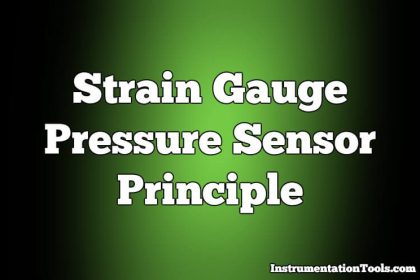
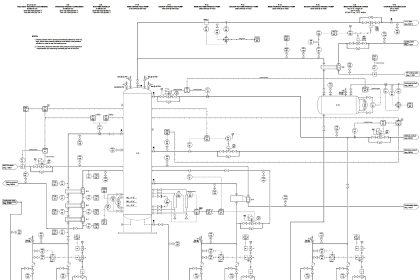
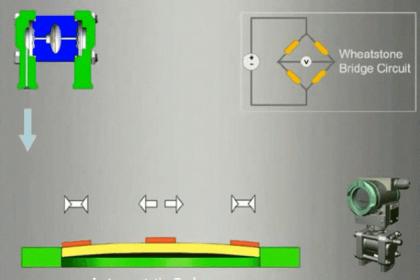
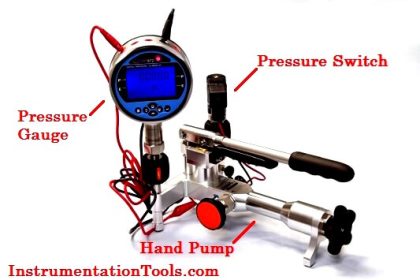
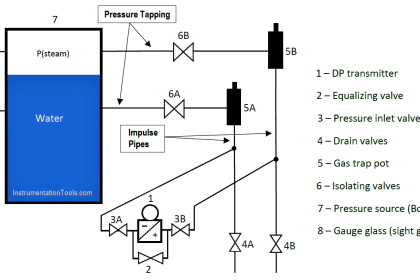
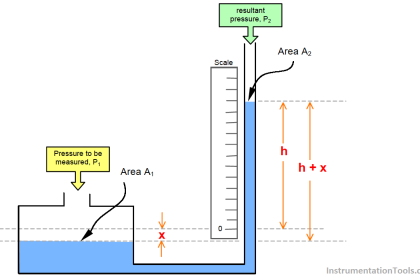

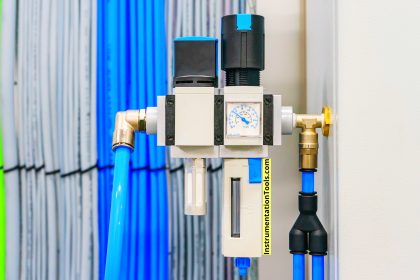
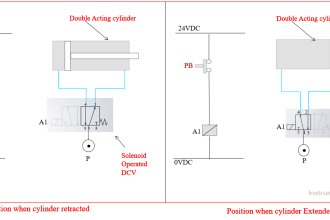

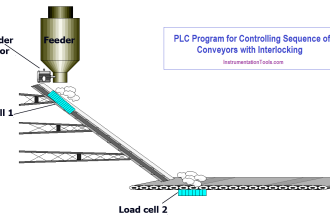


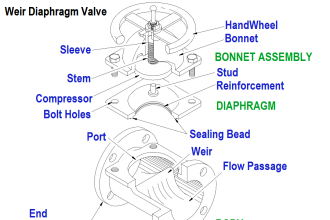
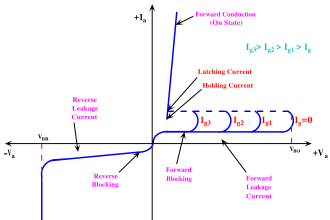
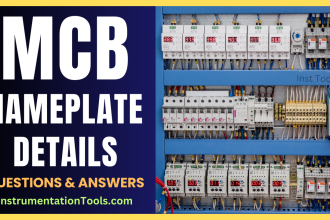

Does pressure transmitter requires Snubber ?